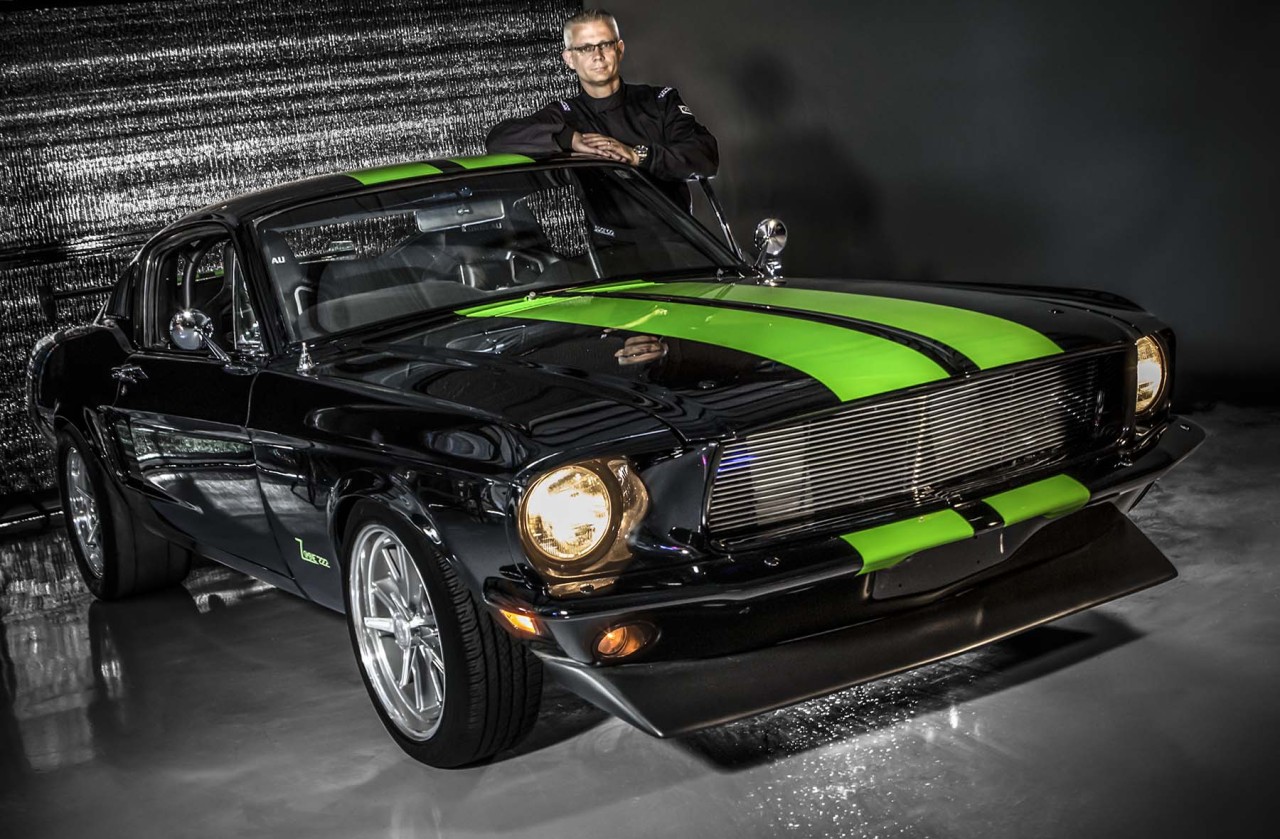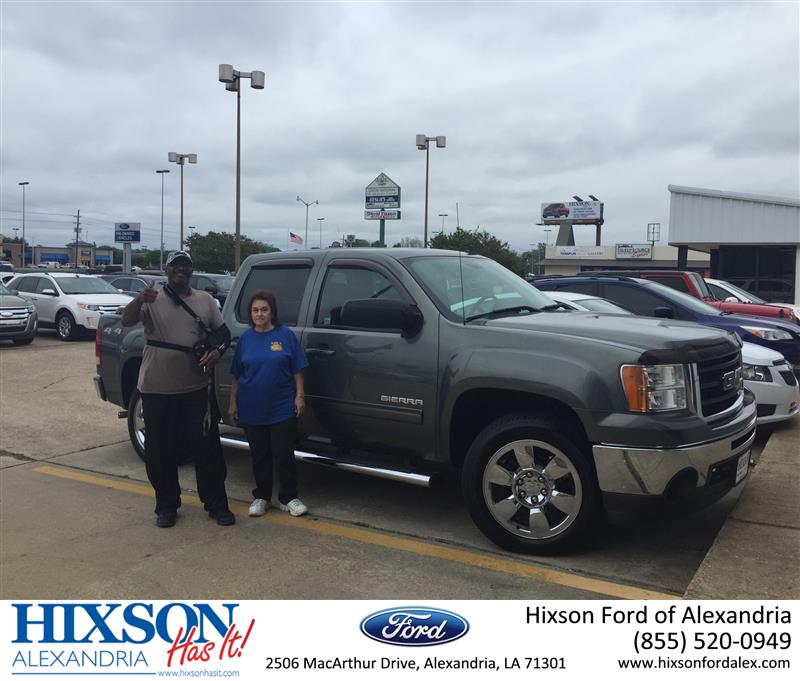Although the Fiesta has been around for awhile now, Ford keeps introducing nifty features that keep it fresh. The latest example is the new-for-2016 Sync 3 infotainment system, which replaces the relatively complex MyFord Touch system. Optional on the Fiesta SE and standard on higher trims, Sync 3 employs a simplified touchscreen with clearly laid-out categories, and it responds to pinch and swipe commands just like a smartphone. The Fiesta also offers other items that you might not expect to find in an ultra-affordable subcompact, including standard USB connectivity and Sync voice controls.
One Fiesta feature that's always been a standout is its handling on the road. Blessed with tight, responsive steering and a nimble feel, this little Ford is a hoot to drive, even if you're just zipping to the supermarket and back. Of course, the performance-oriented ST model is even more fun, but it's also relatively pricey; moreover, both the ST and the surprisingly entertaining three-cylinder EcoBoost model come solely with a manual transmission. If you opt for the base engine's automatic transmission, incidentally, you might notice that it doesn't shift as smoothly or precisely as expected.
Chief among the Fiesta's rivals is the much more spacious and versatile Honda Fit, though the Honda's driving character is less engaging. The Chevrolet Sonic boasts confident road manners and an available high-resolution touchscreen of its own, but it lacks the Ford's premium vibe. The stylish Kia Rio and sensible Hyundai Accent are also worth considering, particularly given their generous powertrain warranties. But the 2016 Ford Fiesta is undoubtedly a very good choice in this segment, conceding little to Father Time as its impressive run continues.
Body Styles, Trim Levels, and Options
The 2016 Ford Fiesta is a subcompact car available in two body styles: a sedan and a four-door hatchback. Both are available in S, SE and Titanium trim levels. The high-performance ST model is available only as a hatchback.The base S comes standard with 15-inch steel wheels, a rear spoiler (hatchback only), power locks and mirrors, manual windows, remote keyless entry, air-conditioning, a height-adjustable driver seat, a tilt-and-telescoping steering wheel, Bluetooth, Sync voice controls and a six-speaker sound system with a CD player, a USB port and an auxiliary audio jack.
The Fiesta SE includes all of the above, plus 15-inch alloy wheels, automatic headlights, power windows, cruise control, upgraded cloth upholstery, a trip computer, chrome interior door handles, metallic-painted interior trim, a front center console with armrest, a leather-wrapped steering wheel, multicolor ambient lighting and MyKey parental controls.
The SE Appearance package adds 16-inch alloy wheels, foglights, a rear spoiler (sedan), sport cloth upholstery, adjustable lumbar support for the driver, a leather-wrapped shift knob, satellite radio, dual USB ports (replacing the auxiliary audio jack) and the Sync 3 infotainment interface with a 6.5-inch touchscreen and enhanced voice controls (including AppLink mobile app integration). The Comfort package throws in heated front seats, heated mirrors and automatic climate control.
The SE is also eligible for the EcoBoost Fuel Economy package, which includes the turbocharged three-cylinder engine, a manual transmission, various aerodynamic improvements and special wheels and tires to help the Fiesta achieve slightly better fuel economy. Additionally, the SE hatchback can be equipped with the Black package (16-inch black alloy wheels, black exterior trim, foglights) and a stand-alone sport body kit.
At the top of the Fiesta food chain is the Titanium trim, which essentially incorporates the contents of the SE Appearance and Comfort packages, but wears a different set of 16-inch wheels, plus chrome exterior trim and a black grille. It also has a rearview camera, rear parking sensors, keyless entry and ignition, leather upholstery, heated front seats, an auto-dimming rearview mirror and an eight-speaker Sony sound system and HD radio.
The Fiesta ST hatchback also starts with the Fiesta SE's amenities plus the SE Appearance and Comfort packages (excluding the heated mirrors and seats), adding the turbocharged four-cylinder engine, unique bodywork, a larger rear spoiler, dual exhaust tips, a six-speed manual transmission, a sport-tuned suspension, 17-inch wheels with summer performance tires, quicker steering, upgraded brakes, keyless entry and ignition, the Sony sound system (with HD radio), ST-specific cloth sport seats (with driver height adjustment) and various sport-themed accents. The ST Recaro package adds heated Recaro front sport seats (including height adjustments for both), leather and cloth upholstery and heated mirrors. Also available are black 17-inch wheels with red brake calipers.
A sunroof and a navigation system are stand-alone options on the SE, Titanium and ST trims. A Kicker subwoofer can be added to any Fiesta sedan, while remote start can be added to any Fiesta equipped with an automatic transmission.
Powertrains and Performance
The base engine for the 2016 Ford Fiesta is a 1.6-liter four-cylinder that produces 120 horsepower and 112 pound-feet of torque. A five-speed manual transmission is standard, and a six-speed "Powershift" automatic transmission is optional. Powershift is technically an automated manual transmission that Ford uses for increased efficiency, but it operates just like a conventional automatic.In Edmunds performance testing, both the manual and automatic-equipped Fiestas went from zero to 60 mph in about 9.5 seconds, which equates to adequate performance for this class.
The EPA estimates fuel economy to be 31 mpg combined (27 city/37 highway) with the automatic transmission. We achieved 33.4 mpg on our official Edmunds mixed-driving evaluation route. The manual transmission is effectively the same, checking in at 31 mpg combined (28/36). When you opt for the Fuel Economy package (automatic transmission required), the numbers edge up to 32 mpg combined (28/38).
The optional "EcoBoost" 1.0-liter turbocharged three-cylinder produces 123 hp and 125 lb-ft of torque. The five-speed manual is the only transmission available. In Edmunds performance testing, this little engine brought the Fiesta from zero to 60 mph in 8.9 seconds, which is a bit quicker than average for the class. At the same time, it returns 36 mpg combined (31/43), matching the thriftiest cars in the class. We observed 37 mpg on the Edmunds evaluation route.
The 2016 Ford Fiesta ST's turbocharged 1.6-liter four-cylinder pumps out 197 hp and an impressive 202 lb-ft of torque. A six-speed manual is the only transmission offered. In Edmunds performance testing, the Fiesta ST sprinted to 60 mph in a sprightly 7.1 seconds. EPA estimates for the ST stand at 29 mpg combined (26 city/35 highway), an excellent result for such an energetic engine.
Safety
Every 2016 Ford Fiesta comes standard with antilock brakes (front disc, rear drum for non-ST models; four-wheel discs for the ST), traction and stability control, an integrated blind-spot mirror, front side airbags, side curtain airbags and a driver knee airbag. Standard Sync features include a 911 Assist function, which uses your paired cell phone to connect automatically to a 911 operator. The SE adds the MyKey system for setting electronic parameters for other drivers (teens, valets, etc.), while the Titanium model features a rearview camera and rear parking sensors.In Edmunds brake testing, multiple Fiestas stopped from 60 mph in 117-122 feet, which is better than average. The Fiesta ST stopped in 112 feet, which is satisfactory for an affordable performance car with summer tires.
In government crash testing, the Fiesta received four out of five stars for combined overall protection, with four stars for frontal protection and two stars for side crash protection. The Insurance Institute for Highway Safety gave the Fiesta the top rating of "Good" in the moderate-overlap frontal-offset, side-impact and roof-strength tests. In that agency's small-overlap frontal-offset test, the Fiesta received the second-lowest "Marginal" rating. The Fiesta's seat/head restraint design was rated "Good" for whiplash protection in rear impacts.
Interior Design and Special Features
Although the Fiesta is Ford's cheapest car, it doesn't feel like a penalty box inside. On the contrary, its materials are quite nice for the price, and everything seems to be tightly screwed together. Metallic accents add a touch of class, while available niceties like ambient lighting, heated leather seating and premium Sony audio give the Fiesta the character of a more expensive product.The standard Sync system allows voice control over the audio system and your cell phone, and it also provides such features as voice-prompted turn-by-turn navigation and emergency assist. Pairing the Sync system to your phone and getting it set up can be finicky, but it's a useful workaround for the standard, form-over-function radio interface with its lookalike buttons. The touchscreen included with the optional Sync 3 system improves things considerably, providing crisp graphics with an intuitive, dashboard-style category menu at the bottom.
Interior space is generous up front, with a driver seat that easily adjusts for a wide range of physiques. The backseat is definitely on the tight side, however, even for this pint-sized segment. The Fiesta sedan has a decent trunk capacity of 12.8 cubic feet, but the hatchback's space behind the rear seats is only a tad bigger at 14.9 cubic feet, with just 26 cubic feet available with the rear seatbacks folded down. That's pretty skimpy.
The ST trim's interior has a bit more style, especially with the available two-tone accent treatment. The optional Recaro sport seats feature large side bolsters that wrap around and hug both front occupants. As such, they hold you securely in place while you're hustling the ST along a curvy road. On the other hand, those aggressive bolsters make getting in and out of the car a little harder, and larger folks may find the seats uncomfortable on long trips.
Driving Impressions
If you're looking for an entertaining driving experience, the 2016 Fiesta will happy oblige. Although the base four-cylinder engine delivers only modest acceleration, we like its refinement at high rpm, and the Fiesta's quick steering and well-controlled body motions keep the fun factor high. Meanwhile, the EcoBoost three-cylinder engine provides a palpable turbocharged punch while also topping the fuel economy charts. As for the ST, its turbocharged four-cylinder is strong enough to put a smile on anyone's face, and its sport-tuned suspension is a blast on the right kind of road.In everyday driving, the Fiesta's relatively quiet cabin and supple suspension make for an unusually pleasant ride. The potential weak link is the Powershift automatic transmission, which is essentially a manual gearbox with a computer-operated clutch. Ford uses it to maximize fuel economy, and based on the EPA ratings, it's hard to argue. Nonetheless, you may find its behavior odd; for example, it's sometimes slow to respond in stop-and-go traffic, and its shifts can feel rather imprecise.







